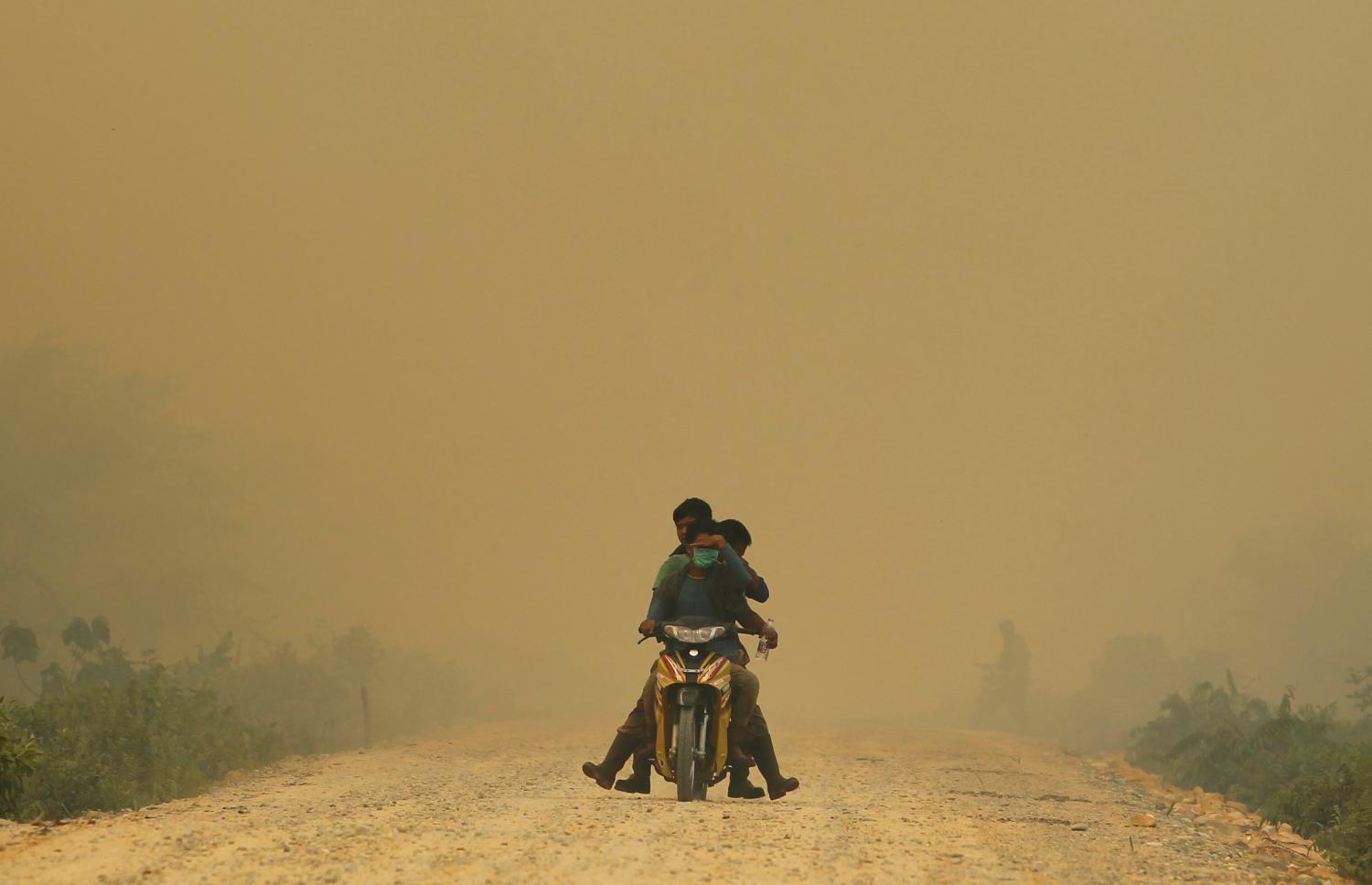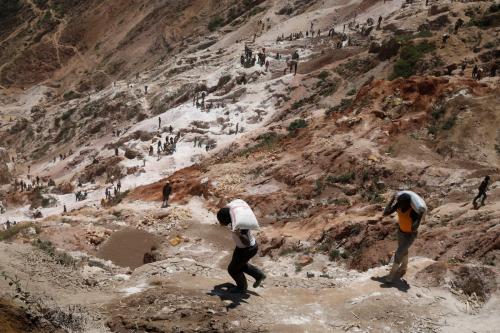Should persons be allowed to return to their homes after a natural disaster, when it is clear those places will be destroyed again in the next disaster? Should persons be moved preventively, if it is known that where they live is not safe? These and similar questions have been asked by governments and international actors with increasing frequency in recent years. From the Indian Ocean Tsunami, the earthquake in Haiti, the East Japan Earthquake and Tsunami, to Typhoon Haiyan in the Philippines, the debate about planned relocations has grown louder, particularly as the observed and predicted effects of climate change and other environmental changes threaten areas once deemed safe, making them too dangerous or uninhabitable.
Governments have the primary responsibility under international human rights law to protect their citizens. They are thus the main actors when it comes to planning, authorizing, and carrying out planned relocations. This means that international guidance on planned relocations should be formulated to support their efforts, acknowledging that such guidance may also be useful for other domestic, regional, and international actors involved in the process.
A broad range of international and regional frameworks with potential relevance to planned relocations already exists in a diverse array of documents spanning different subjects (such as internal displacement or development-induced displacement and resettlement). The question is the extent to which potential guidance on planned relocations could draw on these existing frameworks. And if so, which are the most relevant? What are the gaps that must be addressed?
This background paper seeks to address these questions by analyzing more than 30 international and regional frameworks for their possible relevance for developing guidance on planned relocations made necessary by disasters, environmental change, and/or the effects of climate change. These frameworks relate to six interconnected themes:
- Internal and international displacement;
- Disaster and climate-induced relocation;
- Development-induced displacement and resettlement;
- Evacuations;
- Evictions; and
- Housing, land, and property rights issues.
The first part of this paper is organized in sections, each corresponding to one of the six themes. Each section starts with an introduction and a discussion of the relevance of existing frameworks in each respective area to the issue of planned relocations. Then, each section introduces the frameworks that fall within the specific theme, highlighting the relevance of each document to the development of guidance on planned relocations caused by natural hazards or environmental change including the effects of climate change. As guidance documents are often similar, the first documents in each section are discussed in detail, while discussion of subsequent documents is limited only to those provisions that present issues not covered by the preceding documents.
Finally, the synthesis chapter draws from the frameworks in all six thematic areas. The chapter identifies 25 topics that should be addressed in any guidance on planned relocations. It also outlines lessons learned, discusses possible frictions among guidance documents, and explores some of the gaps and open questions that would need to be considered when developing guidance on planned relocations in the context of natural hazards or environmental change including the effects of climate change.
This paper must be read with a number of caveats. First, the author is not an expert in all the discussed fields, so there may be oversight of important points of relevance. As this is intended to be a working document, there is room for additions and amendments by experts. Second, given the breadth and length of many of the frameworks reviewed for the purposes of this paper, the discussion is necessarily very selective. Again, there may be gaps resulting from the author’s aim to keep this paper to a reasonable length.
Before beginning the analysis, a quick word on definitions: based on the Washington D.C. pre-meeting from February 2015 this paper defines planned relocation as “a process in which persons or groups of persons move or are moved away from their homes, settled in a new location, and provided with the conditions for rebuilding their lives. Planned relocation is carried out under the jurisdiction of the state, takes place within national borders, and is undertaken in order to mitigate risk and impacts related to disasters, including the effects of climate change.
Planned relocation occurs in the context of three types of situations:
- In anticipation of disasters, environmental change, and/or the effects of climate change;
- As a response to disasters, environmental change, and/or the effects of climate change; and
- As a consequence of measures related to climate change adaptation or disaster risk reduction measures.”
Given the fact that different fields use different terminology, to stay true to the terms used in the frameworks discussed, particularly in the development-induced displacement and resettlement field, this paper will describe each document using the terminology it uses. For example, if a framework speaks of “resettlement”, for what in this paper is called “planned relocation”, this paper will use the term “resettlement” when referring directly to the text being discussed. Except when referring to these documents, this paper will use the definitions above and refer to anticipatory and reactive planned relocations.



